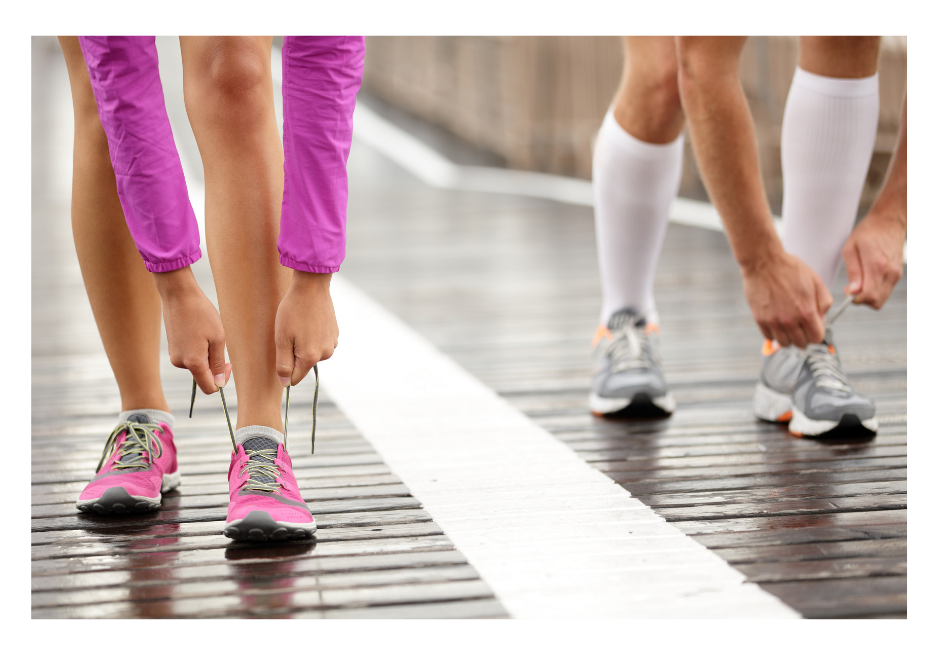Top 5 Tips To Get You From The Couch To Winter Sport
As the seasons change, we see a change in the sports we are participating in. Netball, soccer, Rugby League/Union are all starting soon, meaning pre-season try-outs, grading, and then the competition and training. After having a restful Christmas and beginning to the New Year, the sudden reintroduction to sport often leads to overuse injuries.
Foot Factor Podiatry shares their top 5 tips to surviving the upcoming sport season injury free.
Shoes
Having the right footwear is so important when getting back into sport and trying to prevent injuries. A shoe that is no longer supportive can lead to a great number or injuries.
When digging your shoes out of the cupboard, before putting them on your feet, check them to see if they are still suitable. Check the tread on the shoes, that the midsole hasn’t perished and that they are still suitable for the activities you are wanting to do.
A supportive shoe should have a firm heel cup, not too much twisting through the sole and bend where your foot bends at the ball of the feet. There are also sport specific shoes that should be considered for the activities you are participating in.
Finally, check that they are still the right size for your feet (this is especially important for children, but also for adults as our feet can change), and ensure that they feel comfortable to wear.
Ease back into exercise
This can not be stressed enough. Our bodies quickly get used to not exercising. The sudden increase in load they experience when going from minimal activity to intense activity (such as try outs or a game) is a sure recipe for an overuse injury.
Begin doing some shorter walk/jogs (10-15mins) every few days and increase it slowly from there.
Listen to how your body feels later that day or the day after exercise – it will let you know of you have over done it (it wont necessarily tell you whilst you are exercising)!
It is also important to remember to consider doing some gentle, sport specific exercises, as our body and muscles move differently here and we need to get our bodies used to the different patterning.
Warm up (or Performance readiness)
Before doing high intensity drills we need to get our bodies and muscles and joints ready to perform the exercises. Go for a slow jog and dynamically stretch the muscles. This will help to prevent some tears and strains.
Enhance mobility
To give your body the best chance to cope with exercise we need to make a conscious effort to keep our body supple. This again, aids our body to cope with exercise and prevent overloading onto other muscles. This can be done with stretching, both static and dynamic, or using a foam roller or trigger point balls. Aim to work on the main muscle groups of the lower and upper legs, bottom, neck and shoulders.
Seek professional help early

